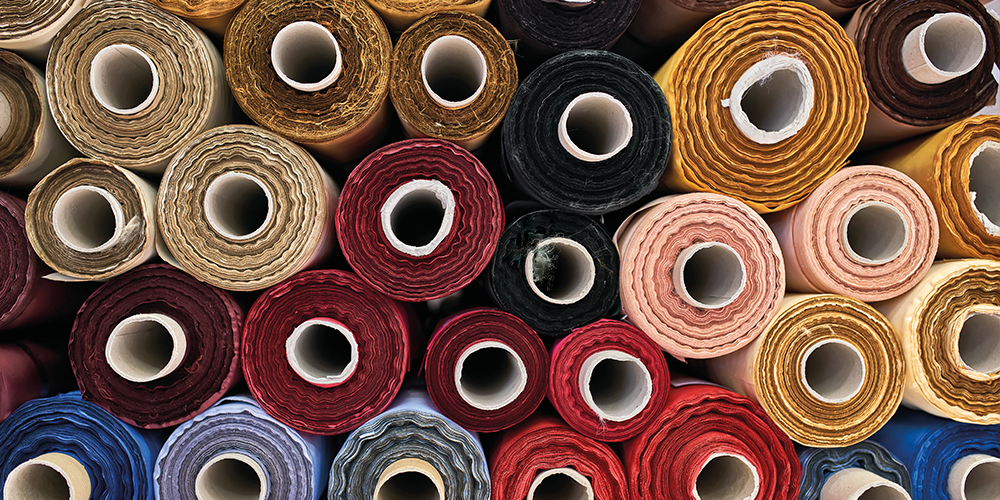
We make our garments using Oeko-Tex Standard 100 fabrics, to protect wearers from harmful substances. 99% of our fabrics are Oeko-Tex Standard 100 certified and therefore meet the criteria required by the label.
Over the years, we have developed genuine partnerships with our fabric suppliers, convinced of the importance of long-term relationships with companies that share the same values. Today, this enables us to offer our customers a consistent level of quality and good lead times.
To help you choose your workwear and PPE, here are the standard fibres and main technical fabrics we use to manufacture our workwear.
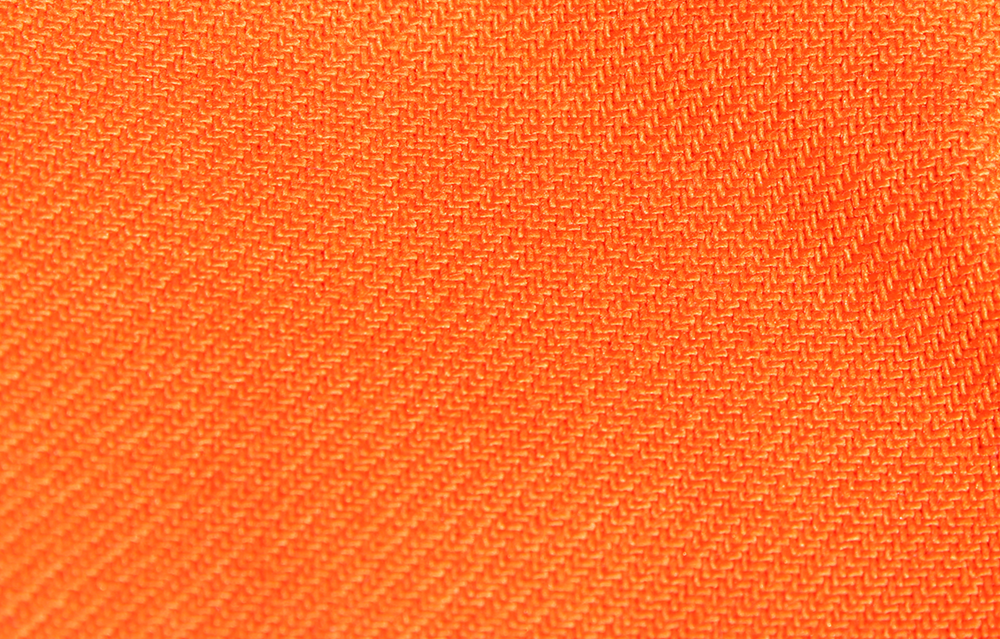
Cotton is a plant fibre that surrounds the seeds of the cotton plant. Generally transformed into yarn, this fibre is then woven into fabrics.
+ Hypoallergenic fibre
+ Breathable material
+ Soft, comfortable fabric
– Creases easily
– Tendency to wash out
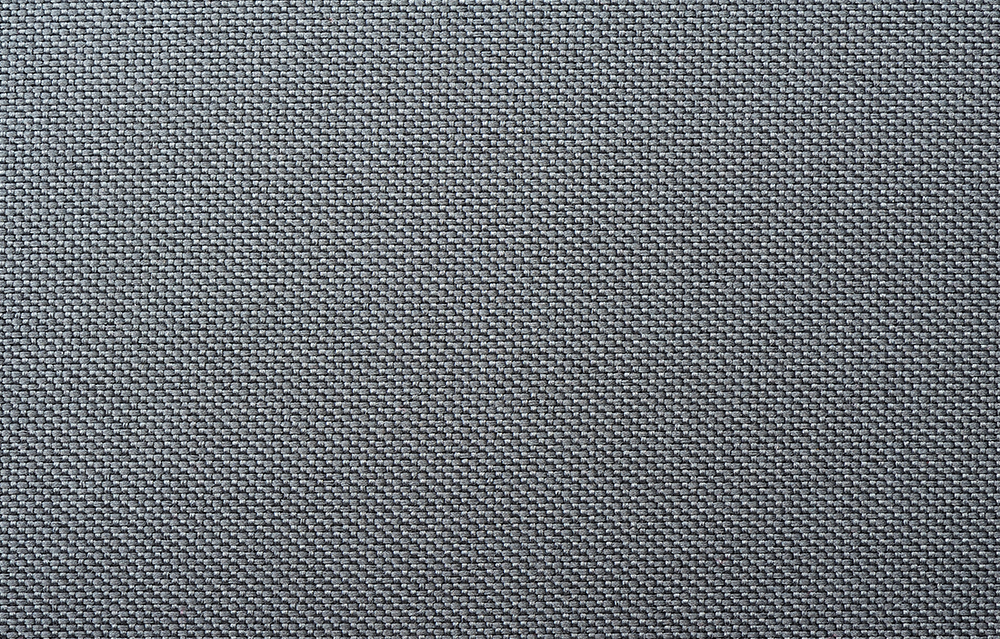
The most widely-used synthetic fibre in the textile industry, it is usually blended with other materials.
+ Resistant to washing
+ Creases very little
+ Better durability
+ Good resistance to industrial washing
– Rough feel
– Low absorption capacity
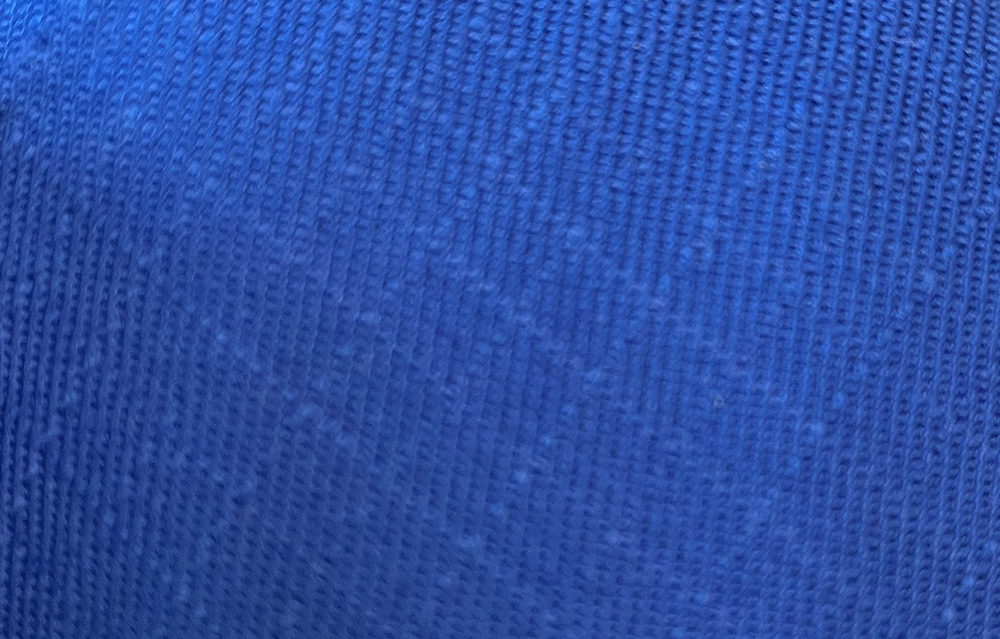
Lyocell fibres are regenerated cellulose fibres, renowned for their natural comfort and environmentally-friendly closed-loop production process. They are derived from wood, a natural resource. A variety of responsibly-managed tree species such as spruce, pine, birch, and eucalyptus are used.
+ Natural origin (wood)
+ Biodegradable
+ Responsible “closed-loop” production
+ Low water consumption for production
+ Softness and breathability
+ Strong
+ Low static load
+ Good moisture management for thermal comfort
+ Inhibits bacterial growth
+ Creases very little
+ Resistant to washing
– High price
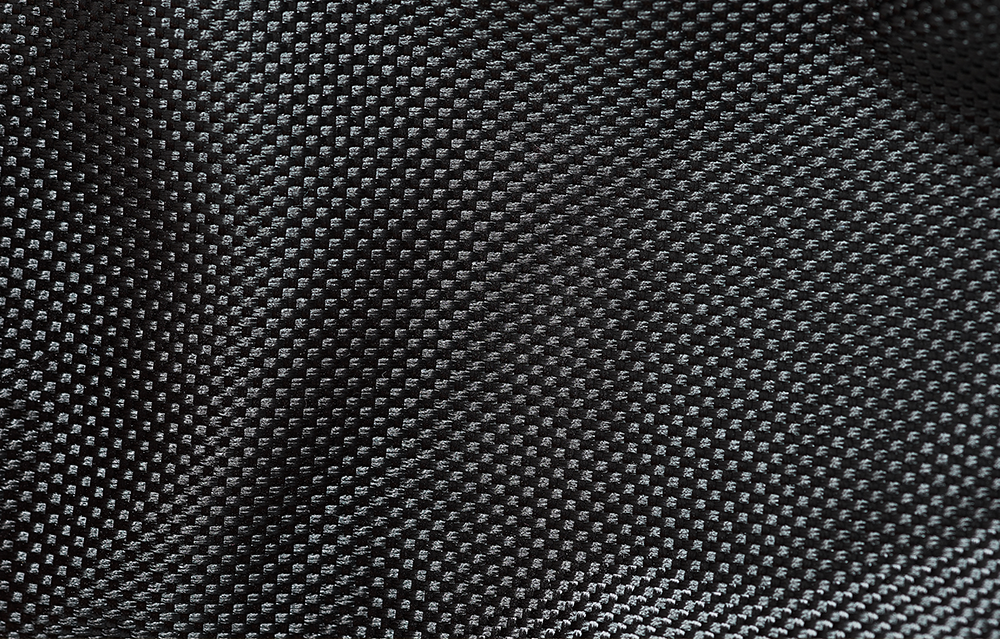
Synthetic fabrics with very high wear resistance. Easily recognizable by their rough surface, reinforcing fabrics are nonetheless light and airy.
+ 20 times more abrasion-resistant than cotton
+ Quick-drying
+ Combine well with other textile fibres
+ Lightness
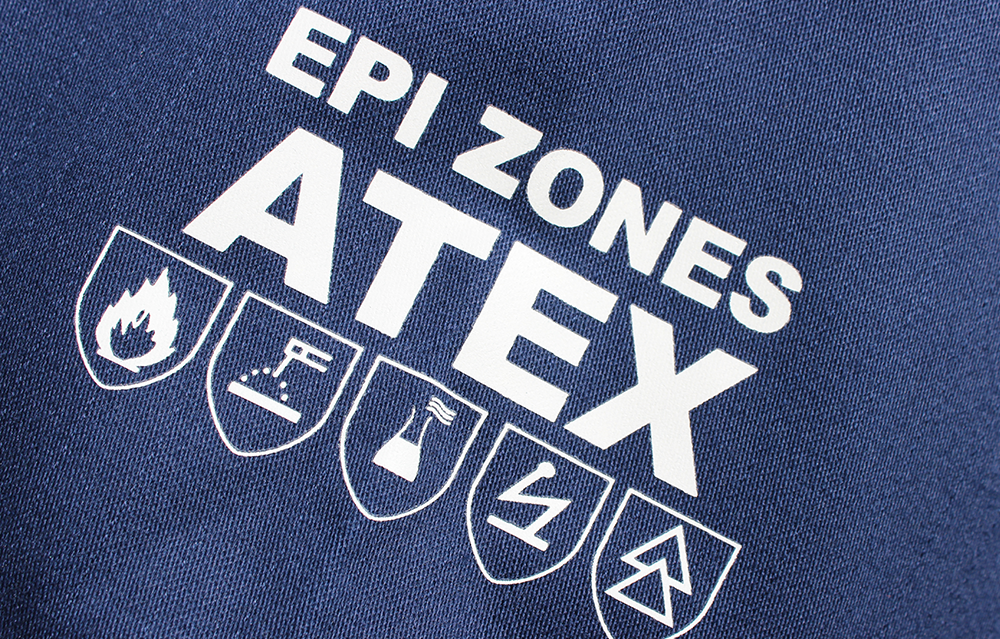
Inherent flame-retardant fabrics are made with fibres that make them naturally non-flammable (2 main fibres: aramid or modacrylic). They offer the same level of protection throughout the garment’s lifetime.
+ Robust performance even if washing instructions are not followed or wear and tear occurs.
+ Arc resistance
+ Protection against flames and liquid chemical splashes
+ Good tear and abrasion resistance for aramid
+ Cost/longevity ratio
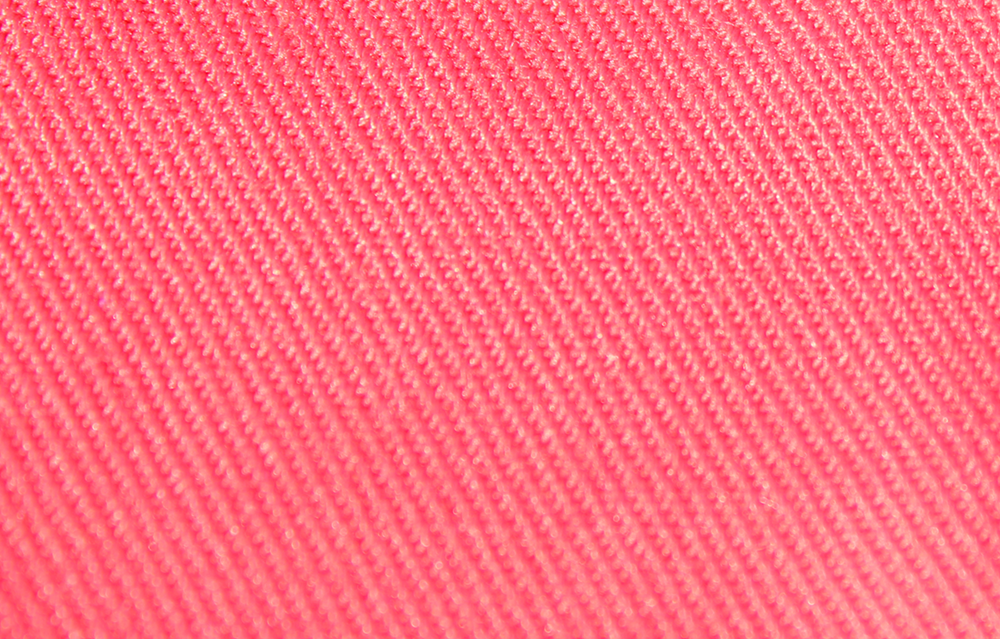
Treated flame-retardant fabrics are textile fibres that have acquired fire-retardant properties through a technological process. These properties can be affected or lost through external factors such as garment washing or exposure to heat.
+ Protection against flames, liquid chemical splashes and electrostatic discharges, depending on the treatment and the garment collection.
+ Low cost
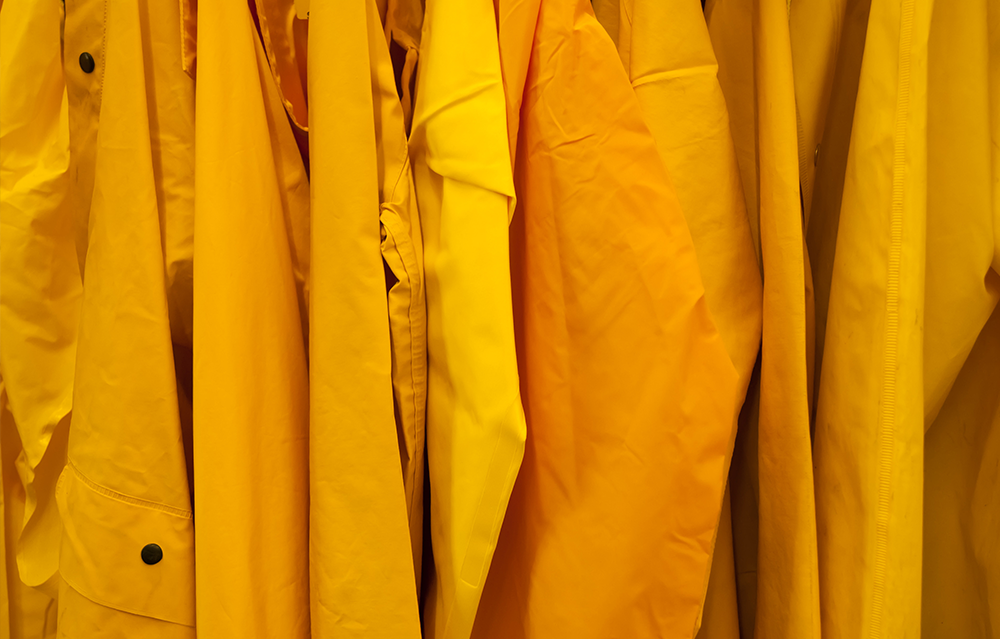
Sonodoc is a technically coated fabric weighing 300 gr/m². Sonodoc is a PVC coating on a polyester knitted fabric.
+ Robust, flexible and comfortable, waterproof, easy to clean…
Sonoflex is a technically coated fabric weighing 170 gr/m². Sonoflex is a PU coating on a polyamide backing.
+ Lightweight, waterproof, durable, flexible, sturdy, easy to clean…
Sonomix is a technically coated fabric weighing 300 gr/m². Sonomix is a dual PU and PVC coating on a polyester knitted fabric.
+ Abrasion- and tear-resistant, suitable for intensive use, soft and comfortable, waterproof, durable, easy to clean…
Sononyl is a technical coated fabric with a PU coating on a polyester knitted fabric. We offer it in various weights.
+ Robust, flexible and comfortable, waterproof, durable, easy to clean…

It’s the oldest, simplest and most widely-used of the basic weaves. The thread passes once above and once below, with an offset of one on each pass. This is the strongest weave, with neither front nor back.

This weave has a front and back, and produces a diagonal effect: uneven sides and grooves diagonal to the width of the fabric.

Croisé, also known as 2/2 twill, is a twill weave made from an even-number twill, with a sufficient number of consecutive interlaces to obtain as many interlaces as floats.

This weave has a smooth, shiny front and a matt back. The density of the warp floats is higher than average, giving it better flame-retardant properties than “twill” or “canvass” weaves.